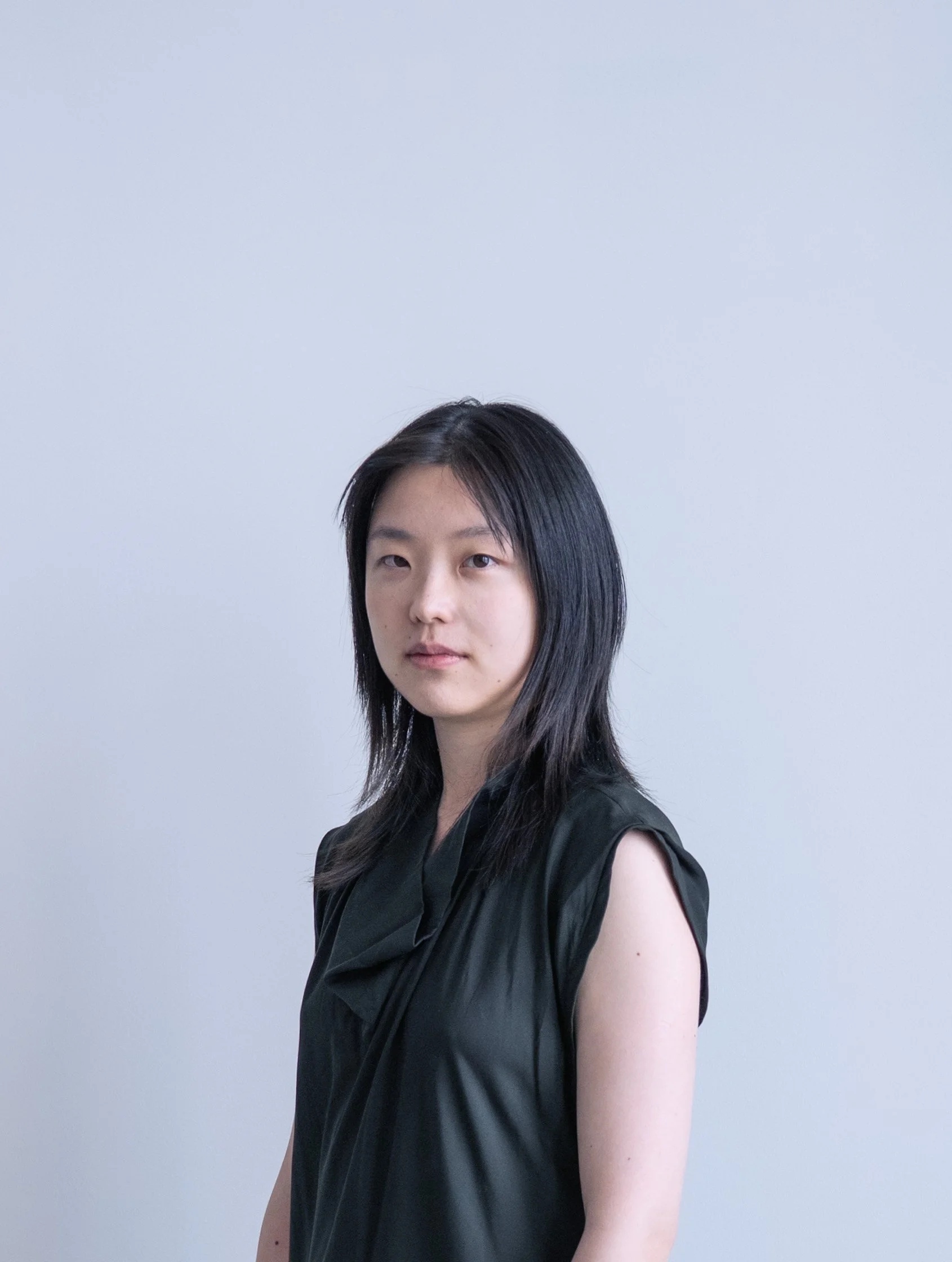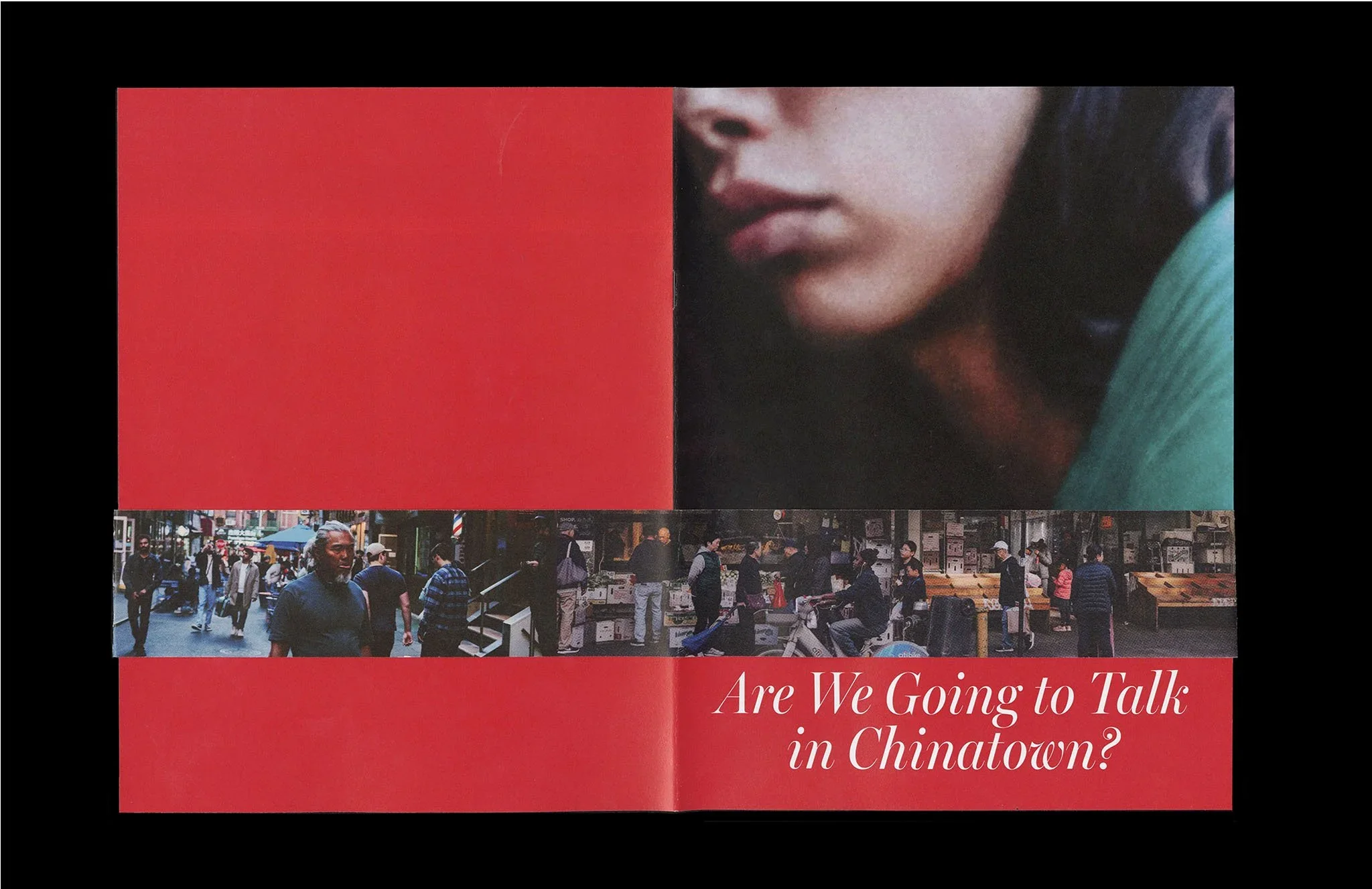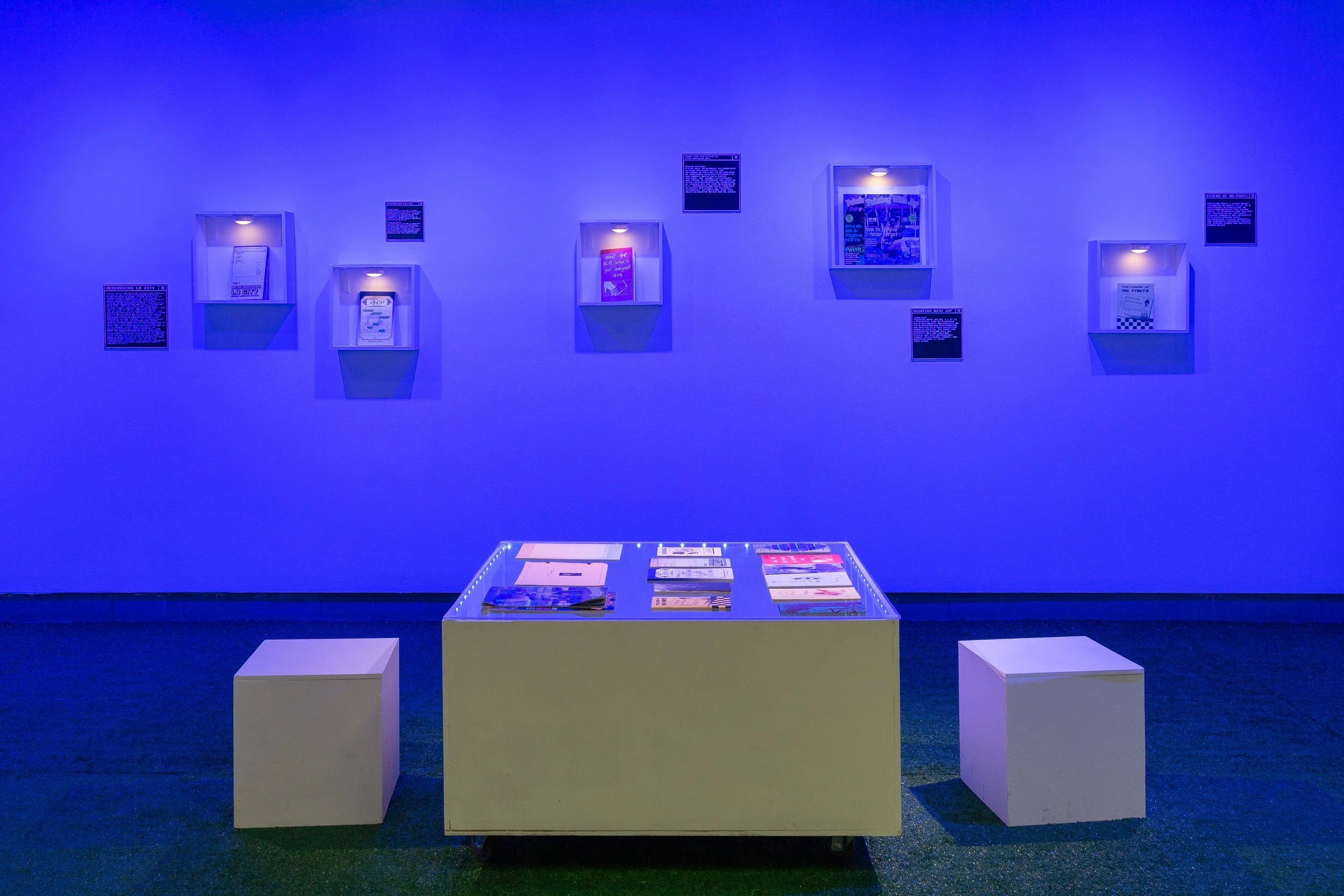10 Questions with Kewei Zhao
Kewei Zhao grew up in Zhejiang, China. She studied Industrial Design at the China Academy of Art before moving to the United States to pursue an MFA in Furniture Design at the Rhode Island School of Design. In 2024, she established her own studio, Studio ZKW, in Brooklyn, New York, where she continues to create objects that combine her distinctive material innovations with a poetic sense of narrative.
Her practice spans beyond furniture, encompassing painting, sculpture, and product design. Her project UPCYCLE 啊噗噻口 was exhibited at the Hangzhou International Expo 2020, where she was recognised as one of the Top 50 Emerging Designers. She has also presented her work at ICFF during New York Design Week in both 2024 and 2025. Her work has received international recognition, including the Bronze A’ Design Award, a Gold Award in the Furniture Category from the Muse Design Awards, and Winner in the Coffee Table Category at the SIT Furniture Design Awards.
Kewei Zhao - Portrait
ARTIST STATEMENT
Kewei Zhao is a designer whose practice centres on contemporary furniture and material innovation. Her work is defined by a poetic approach to form, a commitment to craftsmanship, and a deep interest in material exploration. Blurring the boundaries between furniture, sculpture, and textile, she creates objects that are both functionally grounded and conceptually unique.
A key focus of her recent work lies in rethinking the use of wood veneer. Through the development of original techniques, such as sewing together thin sheets of veneer, Kewei transforms traditionally rigid materials into flexible, textile-like structures. These hybrid surfaces offer new possibilities for texture, structure, and emotional expression, expanding how we think about the relationship between “hard” and “soft” in furniture design.
Craftsmanship remains at the heart of her process. From intricately carved, plant-inspired forms to delicately woven wooden surfaces, each piece reflects a sensitivity to both material and narrative. Drawing inspiration from nature and urban life, she uses furniture as a medium for storytelling, depicting moments of memory, introspection and emotional connection.
Lucky four (detail), Bubinga, Padauk, 30x30x14 in, 2025 © Kewei Zhao
INTERVIEW
Who are you, and how did you first realise you wanted to be an artist?
I am a furniture and product designer living and working in New York, with a deep passion for painting and various forms of artistic creation. Painting was the very first thing I ever wanted to learn. I remember becoming deeply interested in comics when I was in kindergarten. I would pull my grandfather to go to the bookstore every day after school to look for art books and spend much of my free time drawing comics.
One memory remains especially vivid: at the age of 12, I decided I wanted to become a product designer. I had always been fascinated by everyday objects, stationery, kitchen tools, chairs, cabinets, and more. Some ideas were whimsical, while others stemmed from practical issues that I’d like to solve.
And that day, I came across a new term while browsing the internet: “industrial design.” I clicked on it out of curiosity and quickly realised it was exactly what I had been dreaming of doing, and it was even a university major. I was so excited, and from that moment on, I made up my mind to study industrial design. It was almost at that very moment that I knew I would walk down an art path in life.
Lucky four, Bubinga, Padauk, 30x30x14 in, 2025 © Kewei Zhao
You studied Industrial Design in Zhejiang before moving to the U.S. for an MFA in Furniture Design at RISD. How did these two very different educational and cultural contexts shape your creative philosophy?
Studying both industrial and furniture design has profoundly shaped my approach to design. During my undergraduate studies at the China Academy of Art, industrial design taught me to think objectively, through research, observation, and iteration. I came to believe that good design should serve society, and that personal preference should always come last.
In contrast, furniture design at RISD pushed me into unfamiliar territory. It’s a field where subjective expression is not only allowed but encouraged. I initially struggled with this shift, as I was used to solving problems, not expressing personal taste. But over time, I learned to embrace making as a form of self-expression and began to develop a voice through my work.
These two paths, one analytical, the other emotional, now coexist in my practice. Together, they’ve shaped me into a designer who balances logic with intuition, function with meaning.
Founding Studio ZKW in Brooklyn marked an important milestone in your career. What inspired you to take that step, and how has having your studio influenced your practice?
Having a quiet, dedicated space to create is essential to me. Since moving to New York, I’ve spent most of my time in the studio, often even more than at home. Though I work independently, I deeply value a clear physical boundary between work and personal life. That structure helps me stay focused and fully immersed in the creative process.
Take a Break (separate), Plywood, veneer, cotton thread, White Oak, variable dimensions, 2025 © Kewei Zhao
Take a Break (detail), Plywood, veneer, cotton thread, White Oak, variable dimensions, 2025 © Kewei Zhao
Your work blurs the lines between furniture, sculpture, and textile. What drew you to this interdisciplinary approach, and why does it feel essential to your practice?
My work primarily centres on material innovation and narrative. In recent years, I have focused on veneer as a core material of exploration, drawn to its lightness and flexibility. These qualities have allowed me to experiment with combining veneer and textiles in unconventional ways. One such exploration involved transforming wood veneer into a textile-like form and innovating traditional woodworking techniques through sewing methods.
These material experiments have given my practice an interdisciplinary character, blending elements of craft, design, and sculpture. I’m particularly drawn to cross-disciplinary approaches and enjoy pushing the boundaries of what furniture can be. Many of my works move away from conventional structures, such as a coat rack that resembles two figures walking, or a clover-shaped coffee table. To me, furniture offers a unique space where art and design converge in meaningful ways.
Your technique of sewing together thin sheets of wood veneer is particularly striking. Could you share how you developed this method and what challenges or surprises you encountered along the way?
This project began while I was studying bent lamination. I discovered that although wood veneer is highly flexible, its grain structure allows it to bend only in one direction. Bent lamination, as a technique, cannot achieve compound curves that bend in two directions simultaneously. This limitation led me to explore ways to modify veneer. My first attempt involved cutting the veneer into small segments and stitching them together with thread, allowing the material to take on compound curves through compression.
I found this direction fascinating and continued to experiment with material combinations involving veneer and textiles. I tested various types of wood veneers and stitching methods. Some involved layering wood against wood, while others used fabric as the joining layer. I also explored different thicknesses: laminating two veneer sheets together, bonding veneer to paper, using paperback veneer, and also trying adhering veneer to fabric, all to examine how to retain the essential properties of wood while maximising strength and flexibility for sewing-based construction. Along the way, I conducted numerous experiments with adhesives and bonding methods as well.
There were many challenges, but also unexpected moments of joy. One of the major issues I encountered with this sewn veneer technique was cracking at 90-degree folds, which required time-consuming repair. To address this, I began reinforcing each bend with a thin strip of solid wood at the joint, which helped reduce stress fractures in the veneer. This step-by-step process of exploration, whether it involved encountering problems or experimenting with solutions, has been rewarding and full of discovery.
Brooklyn Brick, Ply wood, Veneer, 9x26x1.5 in, 2025 © Kewei Zhao
A group of people clothes rack, Birch, Beech, Red Oak, Maple, 48.5x58x9 in, 2024 © Kewei Zhao
Much of your work is inspired by nature and urban life, merging organic forms with contemporary design. What themes or narratives do you hope to express through this combination?
I don’t believe that nature and urban life are in conflict. Many people who live in cities increasingly long for the outdoors. The pressures of concrete and steel often call for the balance of greenery and soft earth. In my work, I hope to explore and express ways of bringing natural landscapes into urban life, whether through living plants or city and furniture designs that carry the presence of nature.
Whether inspired by the natural world or by everyday life, my work reflects a belief that modern individuals are constantly searching for themselves between these two environments. Through continued exploration of these themes, I hope to capture and share the surprise moments in our life journey.
You often describe furniture as a medium for storytelling. What kinds of stories or emotions do you most hope your pieces will evoke in those who encounter them?
Each of my pieces tells its own story, yet together they express a shared desire to embrace a warm, life-affirming spirit. The home is an intimate, personal space, it should not be defined by uniform standards or generic styles. After all, it is not a hotel. I believe furniture should allow space for individuality and expression. Through my designs, I hope to create objects that not only serve a function but also carry warmth and joy, pieces that reflect the people who live with them and help them feel more deeply connected to the rhythms of everyday life.
Your work has been recognised internationally, from the Hangzhou International Expo to New York Design Week. Were there any particular reactions, conversations, or critiques that stayed with you and perhaps even influenced your thinking?
Yes, there were several projects that had a significant impact on me. One of them was the Upcycle project I carried out in Hangzhou during the early outbreak of the pandemic. It was a city-wide initiative focused on repurposing discarded furniture across Hangzhou. At the time, I collected over a hundred pieces of abandoned furniture, but the pandemic made the entire process extremely challenging. On one hand, I needed government permits; on the other, I had to constantly adjust the project scope, shifting from large-scale plans to smaller, phased actions that were more feasible under the circumstances.
Throughout the process, from collecting and storing the furniture to sorting, cleaning, redesigning, and finally exhibiting the finished pieces, nothing unfolded exactly as planned. It was the first time I had led a project of that scale, and it taught me a helpful lesson. I realised that no matter how big something seems, it can always be broken down into smaller steps. And no matter the task, there are countless ways to approach it. An idea is just a starting point; execution is something else entirely. Rarely do things go exactly according to plan, and they don’t need to. There is no single right way to reach a goal, and sometimes, letting go of the original plan is needed and opens up new possibilities.
Sewn veneer material sample, Various types of veneer, cotton thread, 2025 © Kewei Zhao
Lucky four (detail), Bubinga, Padauk, 30x30x14 in, 2025 © Kewei Zhao
Looking ahead, are there new materials, techniques, or types of objects you’re eager to explore within Studio ZKW?
I have several projects underway. This year, I plan to further explore the integration of veneer with flexible materials, delving into techniques such as marquetry, carving, and stitched patterning to merge wood with textiles. Through these experiments, I aim to create furniture pieces that embody a greater sense of artistic expression and craftsmanship.
Beyond your studio work, do you envision future collaborations, public installations, or other ways of sharing your poetic approach to design with a broader audience?
I don’t have any collaboration plans at the moment, but I’m preparing to take part in the upcoming Shanghai Furniture Fair and the New York Collectible Design Exhibition this September. I’ll be presenting new pieces at both events and look forward to engaging with a broader community there.
Artist’s Talk
Al-Tiba9 Interviews is a curated promotional platform that offers artists the opportunity to articulate their vision and engage with our diverse international readership through insightful, published dialogues. Conducted by Mohamed Benhadj, founder and curator of Al-Tiba9, these interviews spotlight the artists’ creative journeys and introduce their work to the global contemporary art scene.
Through our extensive network of museums, galleries, art professionals, collectors, and art enthusiasts worldwide, Al-Tiba9 Interviews provides a meaningful stage for artists to expand their reach and strengthen their presence in the international art discourse.























